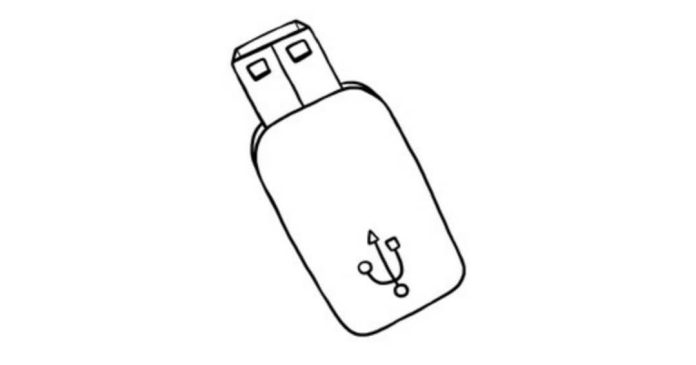A storage device is a hardware component used to store digital data, either temporarily or permanently. It allows data to be saved, retrieved, and modified.
Types of Storage Devices:
1. Primary Storage: Also known as volatile memory (e.g., RAM), used for temporary data storage while a computer is running.
2. Secondary Storage: Non-volatile memory (e.g., hard drives, SSDs) used for long-term data storage.
3. External Storage: Portable storage devices (e.g., USB drives, external hard drives) used for data transfer and backup.
4. Optical Storage: Uses discs like CDs and DVDs for reading and writing data.
5. Cloud Storage: Online storage provided by cloud services for remote access to data.
Examples:
Hard Disk Drive (HDD): Traditional magnetic storage.
Solid-State Drive (SSD): Faster, more durable flash storage.
USB Flash Drive: Portable storage for easy data transfer.
Storage devices are essential for data management and accessibility in computers and electronic devices.


